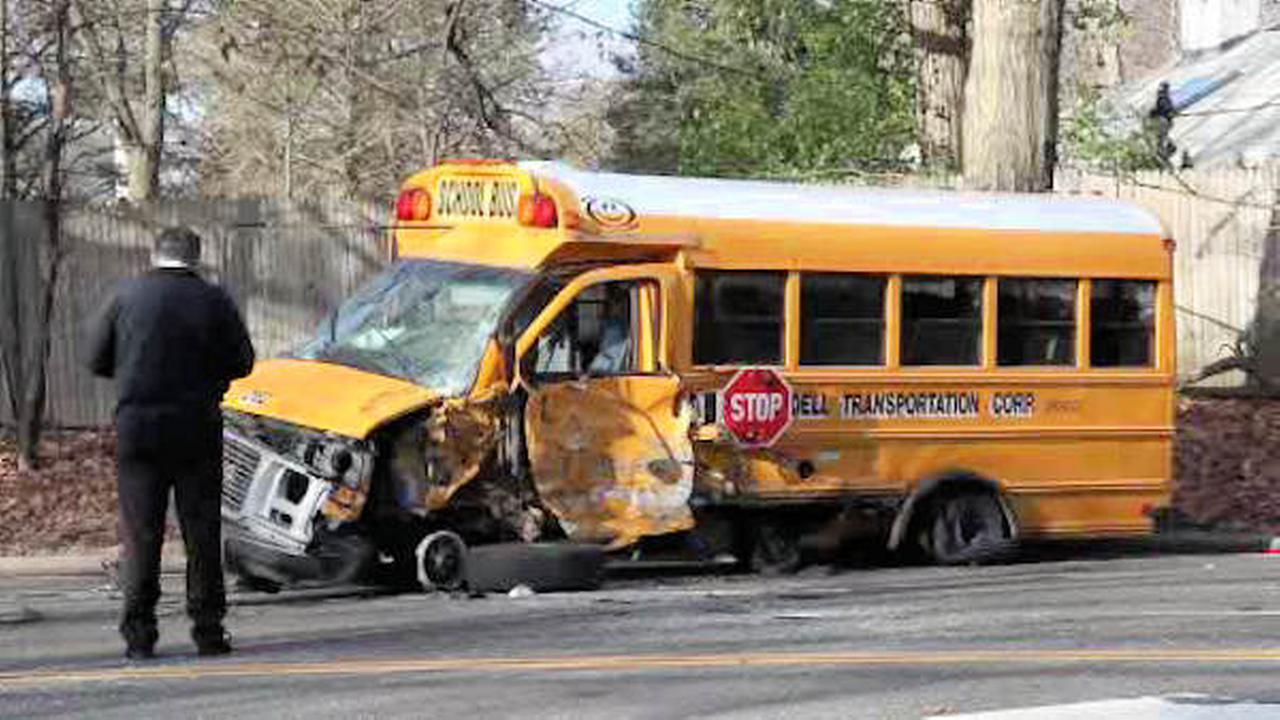Year-Round Daylight Saving Time?
This started me musing about who might benefit and who might not if we were to stop fiddling with clocks and just leave DST in place each winter.
DST moves one hour of daylight from the morning to the evening. Nearly 75% of Americans share my bias and would like to keep DST year-round. The predominant reason for that preference is the same as mine; one can do more in the evenings during the winter after a day at work or school. A second reason people want to stop changing clocks is that it is inconvenient and confusing. Livestock farmers, in particular, are inconvenienced because their animals lay eggs or expect to be milked on nature's time, not human time, yet farmers often are obliged to meet delivery and transportation schedules in clock time. In my case, the dog awakens me for his morning walk an hour earlier than when our park
opens. He of course will adjust within a few days.
Most of the arguments to stop changing our clocks twice a year highlight either confusion and inconvenience, or detrimental effects of losing evening daylight when we switch from DST to standard time (ST).
Of course, clocks are not to blame. The effects of the clock changes in our daily lives are entirely due to the sudden realignment of nature's light cycle with our scheduled human activities. Here are some effects of the realignment.
If DST were in place year-round, less energy would be used in the evening because, with more evening daylight, people at home use less lighting and appliances before retiring to sleep. But this would be somewhat offset by more people beginning their day in the dark. The net effect is however less energy consumed overall although the effect would vary by location. For example, locations with greater temperature extremes use more heating and cooling appliances than locations in moderate climates; these appliances consume more energy than lighting, cooking, and watching TV. Most studies show so little effect overall that we can largely ignore effects on energy consumption.
Effects on our health and safety are harder to ignore. Health effects occur mostly in the spring when DST steals an hour of sleep. There likely are more strokes and heart attacks in the days following the start of DST but most studies are criticized for not included all relevant variables. There is stronger evidence that work-related and auto accidents increase when we lose the hour of sleep in the spring and are not entirely offset by the extra hour of sleep we get in the winter. Crime has been shown to increase when the hours of darkness are extended into the afternoon and there is some increase in depression likely due to spending more time in darkness following the return to standard time. While these affect a small percentage of people, the time change affects nearly the whole nation and the numbers add up.
Thus far, it appears that we and the farmers' livestock would be better off leaving our clocks alone and continue to act in alignment with nature's light cycle.
However, being mindful of the biases discussed in my last blog, I asked myself if I were falling into the trap of "confirmation bias". Am I searching for arguments that support my preference to keep DST year-round?
There are a few reasons not to impose DST year-round. The first is a legal reason. The U.S. Uniform Time Act of 1966 allows states only two options: change clocks twice a year or impose only standard time -- year-round DST is not a legal option. Last year the California Legislature passed a bipartisan resolution asking Congress to approve a third option for states — permanent daylight saving time. To date, Congress has not approved that request and year-round standard time is not an option that California voters would ever accept. The afternoon light is too ingrained in the California culture to consider a change.
 There is a safety issue as well: during the Nixon administration, the Emergency Daylight Saving Time Conservation Act put the United States on Daylight Saving Time for the fifteen-month period between January 1974 and April 1975. One reason it was repealed was because of an increased number of school bus accidents in the morning darkness (recall that DST moves an hour of sunlight from morning to evening).
There is a safety issue as well: during the Nixon administration, the Emergency Daylight Saving Time Conservation Act put the United States on Daylight Saving Time for the fifteen-month period between January 1974 and April 1975. One reason it was repealed was because of an increased number of school bus accidents in the morning darkness (recall that DST moves an hour of sunlight from morning to evening).
And there is a negative impact on some businesses. Nielsen TV ratings found that immediately following the change to DST, TV audiences fell by 10% to 15% even for the most popular shows (yep, my Bar-B-Que is to blame but my DVR has me covered). Offsetting this, some businesses benefit. A study by Hardee’s fast-food chain estimated that extending DST would increase sales by $880 a week per store.
Considering all the pros and cons, I believe our nation would be better off dropping the change from DST to standard time. At the very least, congress, please let California have the option. Maybe I will be lucky enough to get my winter Barbecue before I die.
Considering all the pros and cons, I believe our nation would be better off dropping the change from DST to standard time. At the very least, congress, please let California have the option. Maybe I will be lucky enough to get my winter Barbecue before I die.